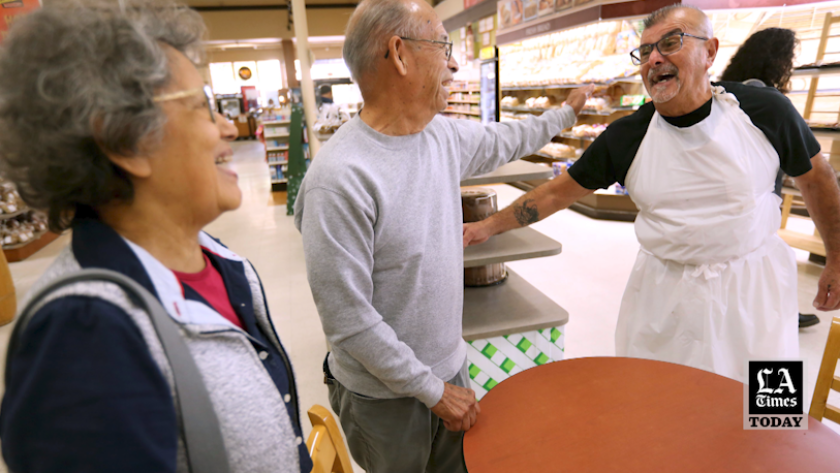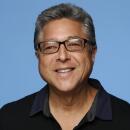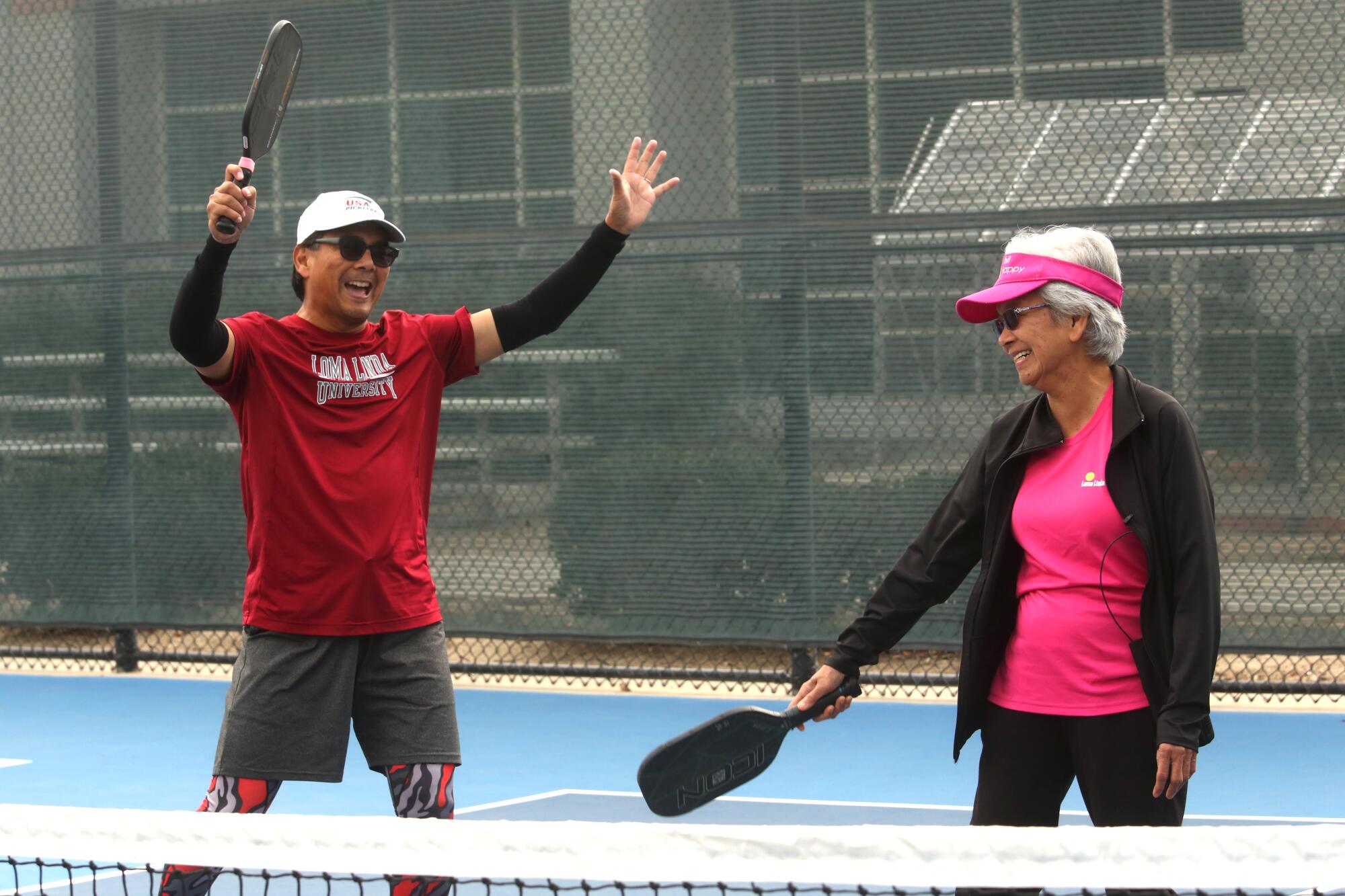
In Loma Linda the other day, 85-year-old Loida Medina played a couple of hours of take-no-prisoners pickleball (she’s got a wicked backhand), while Glenn and Jodee Nichols, 94 and 78, went to the gym for a workout.
These sorts of activities are the norm in this region of San Bernardino County, particularly among the several thousand Seventh-day Adventists who constitute about a third of the population. And researchers say their lifestyles, centered on faith, community and a sense of purpose, lead to lower rates of chronic disease and greater longevity.
The phenomenon isn’t new, and the reporting goes back many years. But I’ve been meaning to go have a look for myself since I started writing about aging in January, and this seemed like a good time, with Loma Linda Adventists in the spotlight again after the release of a Netflix documentary series.
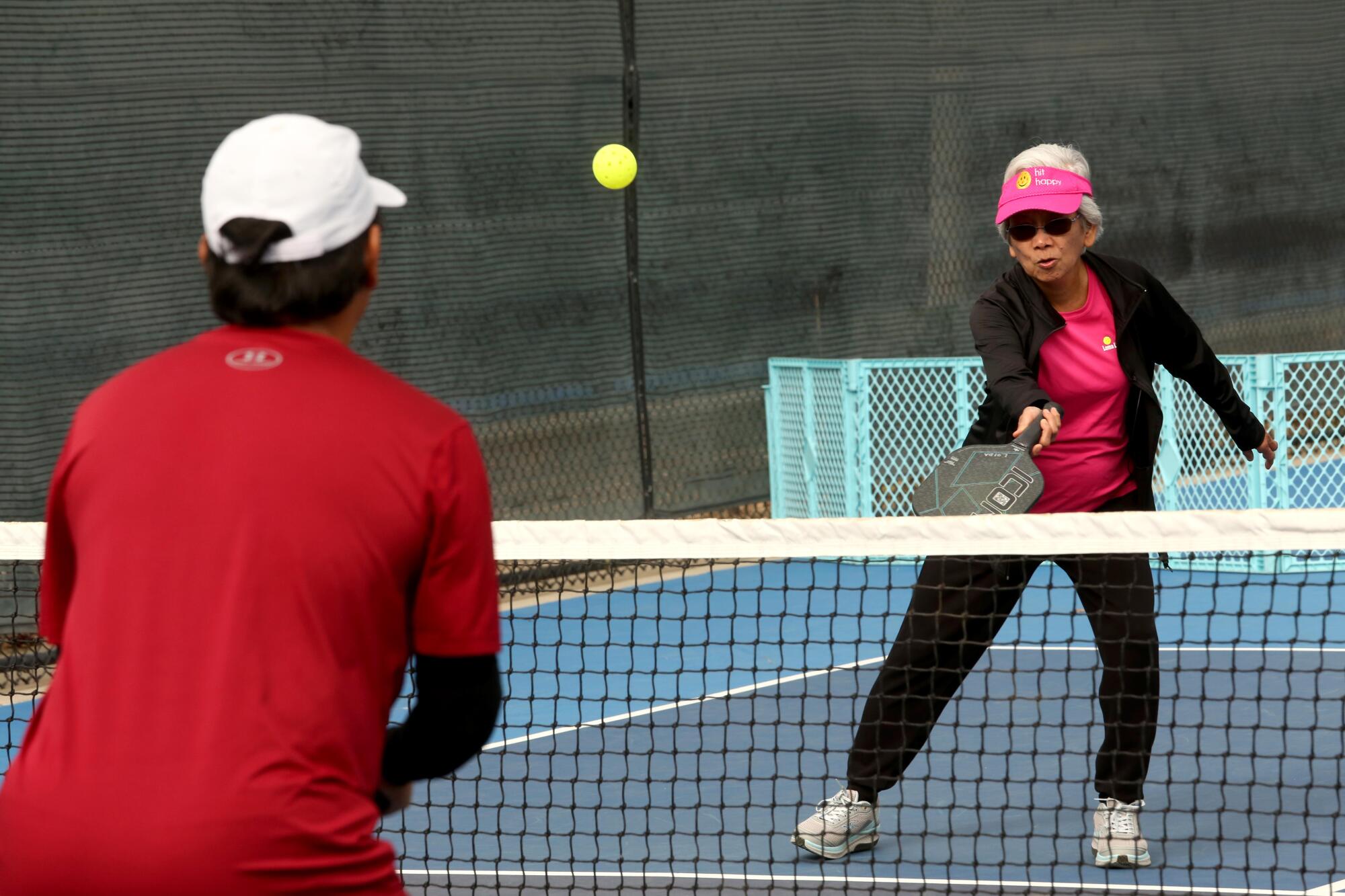
“Live to 100: The Secrets of the Blue Zones” explores Loma Linda, along with small communities in Okinawa, Sardinia and Costa Rica, as well as the Greek island of Ikaria. All have been identified by National Geographic explorer and bestselling author Dan Buettner as places where life expectancy goes off the charts.
The “blue” refers to a researcher’s marks on maps in places with relatively high numbers of centenarians. In each locale, exercise, healthful eating and community connections are woven into the fabric of daily life.
“OK, it’s H-F-F. Health, family and faith,” Medina told me after a morning of pickleball showdowns with players including her son, Ernie, and others young enough to be her grandchildren.
California is about to be hit by an aging population wave, and Steve Lopez is riding it. His column focuses on the blessings and burdens of advancing age — and how some folks are challenging the stigma associated with older adults.
I asked the retired physician if she’s become something of a celebrity in Loma Linda after being featured in the documentary, in which she is as skillful at whipping up vegetarian meals as she is cracking pickleballs.
“A little bit, yeah,” she said with a shy smile.
Glenn and Jodee Nichols said faith is paramount in their lives, and that healthful living is central to their beliefs as Seventh-day Adventists. Jodee said breakfast that morning consisted of seven different fruits, which they named, and whole-grain cereal with soy milk. After breakfast, they went to a balance and stability class, and followed that up with a health screening offered by nursing school students.
They were pleased with the results.
For the record:
12:30 p.m. Dec. 2, 2023In an earlier version of this column, the first name of Jodee Nichols was misspelled as Jodie.
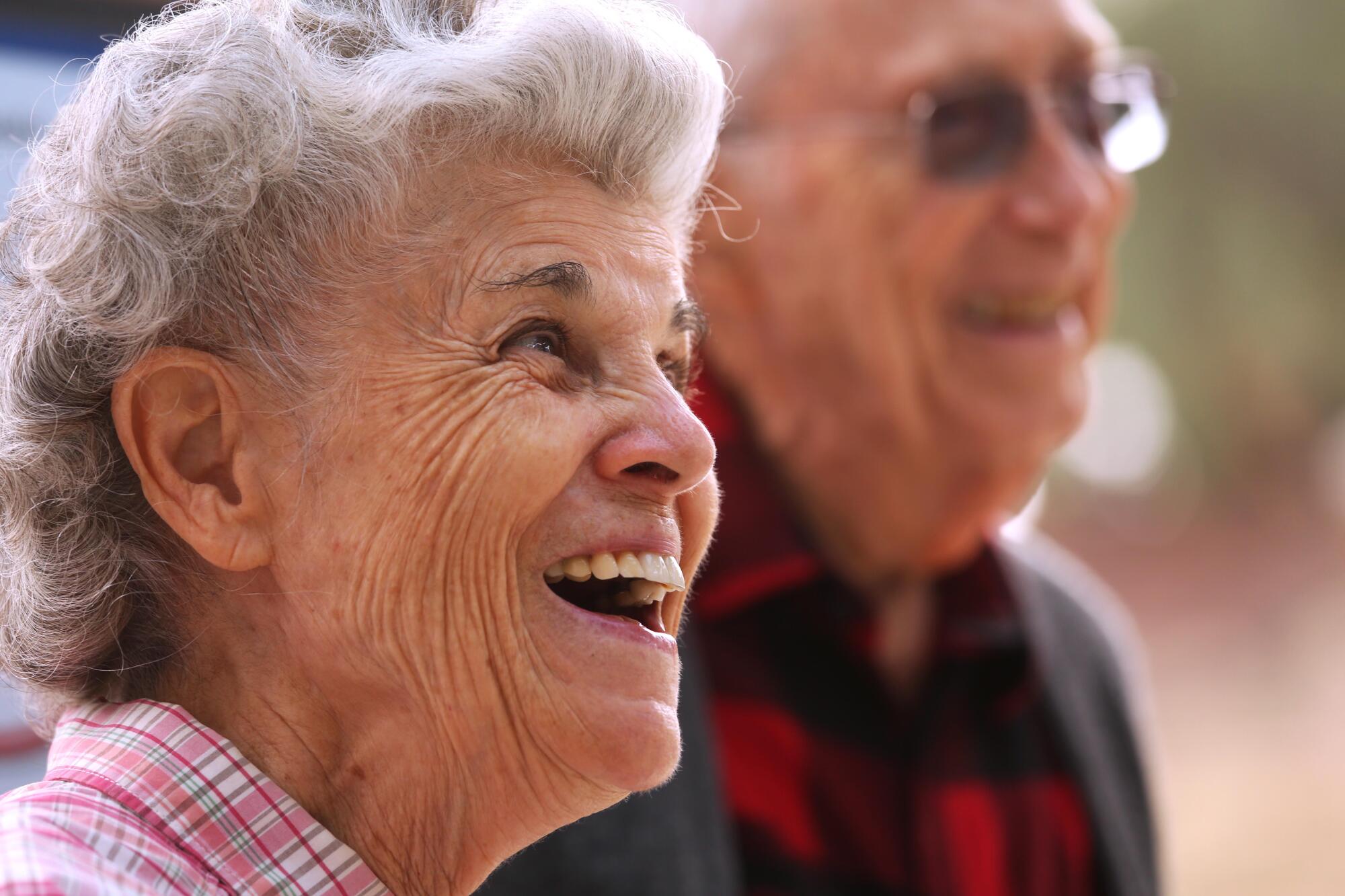
“Well, he’s 94, and his health age is what?” Jodee asked her husband.
“Eight-five,” Glenn said.
“I’m 78,” Jodee said, but after the nurses checked her vitals and put her through some strength tests, she was told she’s as fit as your average 71-year-old.
Average U.S. life expectancy climbed a bit in 2022, to 77½, after drops during the height of the pandemic. But it still lags behind several other developed countries, arguably because we’re such a sedentary fast-food nation, much of which lives well outside the Blue Zone.
There’s been a good amount of pushback over the years on the Blue Zone phenomenon. Skeptics have argued that the data are outdated or oversimplified, or that there’s little science behind longevity claims and the marketing of them, even as Blue Zone lifestyle practices are being implemented in multiple communities, including the beach towns of Hermosa, Manhattan and Redondo.
USC gerontology professor John Walsh brings some nuance to the conversation. On the one hand, he thinks you’d need a round or two of science-based study to verify all the claims about Blue Zone communities.
“Longevity research is a real slippery slope, with way too many researchers around the world cashing in on humanity’s fear of aging, frailty and death,” Walsh said.
And yet he has seen firsthand some of the benefits of the culture in Nosara, the Costa Rican Blue Zone community, having taught a gerontology class there. Walsh said locals walk as a form of transportation, work with their hands and eat food they grow themselves. Many are poor, he said, but rich in social connections and sense of community, and he’s been struck by the number of residents living into their 90s and beyond.
Reasonable people can disagree about specific Blue Zone claims, but I think most of us can agree that we have some pretty unhealthful habits, including poor diets, too much isolation and high rates of avoidable disease. In a phone conversation, Buettner talked about the American healthcare industry’s focus on treating illness — and profiting from it — rather than preventing it.
“If we want a healthier America, we need to reshape the environment,” said Buettner, a lifelong cyclist who’s not big on gym memberships and fad diets but is big on walking or pedaling, and, if possible, eating out of your own garden.
In Loma Linda, there actually is evidence of the Adventist advantage. Dr. Gary Fraser, a cardiologist, epidemiologist and professor at Loma Linda University’s school of public health, led me through the findings of an Adventist Health study of California Adventists, results of which were published in 2001, and an ongoing study of 96,000 Adventists in the United States.
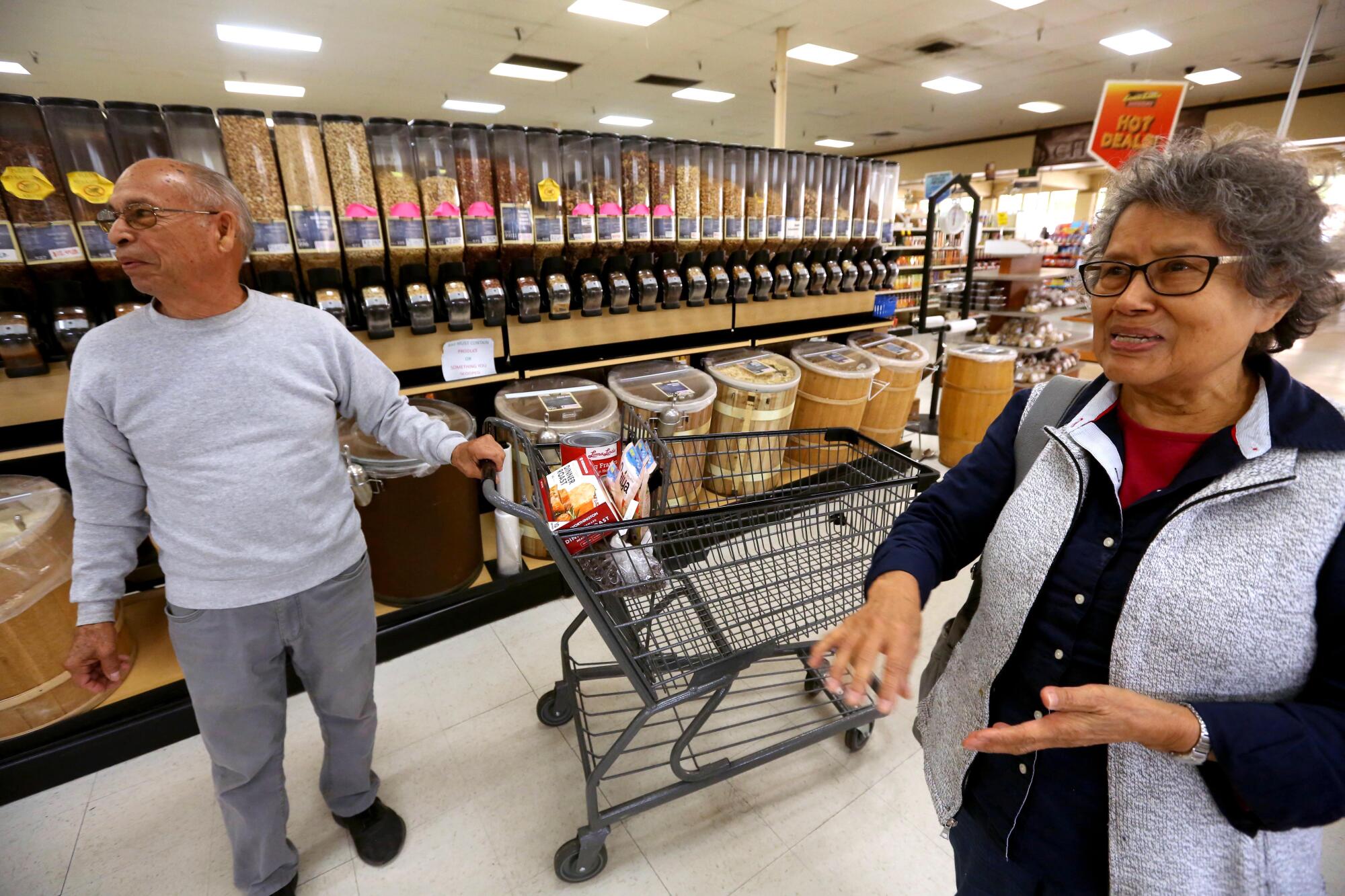
“We’ve known for a long time that in comparison to the community at large, Adventists are living somewhere between five and 10 years longer,” Fraser said, with significantly lower rates of diabetes, heart conditions and other chronic diseases, and he told me the findings have been peer reviewed.
Fraser said vegetarian Adventists had sizable health and longevity advantages over meat-eating Adventists, although the latter group still did better than the general population. In the study of California Adventists, those who had never smoked, maintained a healthy weight, exercised and ate a plant-based diet with lots of legumes and nuts had a life expectancy advantage of roughly a decade.
I’m no scientist, but I think longevity averages can get really complicated. What about stress, air quality, income, education, crime rates, access to good care?
But in Loma Linda, I found a lot to like about a culture of reverence, discipline and community-mindedness. If people do indeed live longer there, it struck me that the five keys are regular exercise, healthful eating, devotion to family and especially elders, a sense of purpose built around community and giving, and a spiritual life.
Saturday is the Sabbath, Medina said, a day of rest and reflection, with no surrender to the seductions of the wired world. The family gathers, prepares a meal, prays and talks. And volunteerism is a big part of the lifestyle, she said. Medina volunteers as a concert hall usher and a fundraiser for church projects.
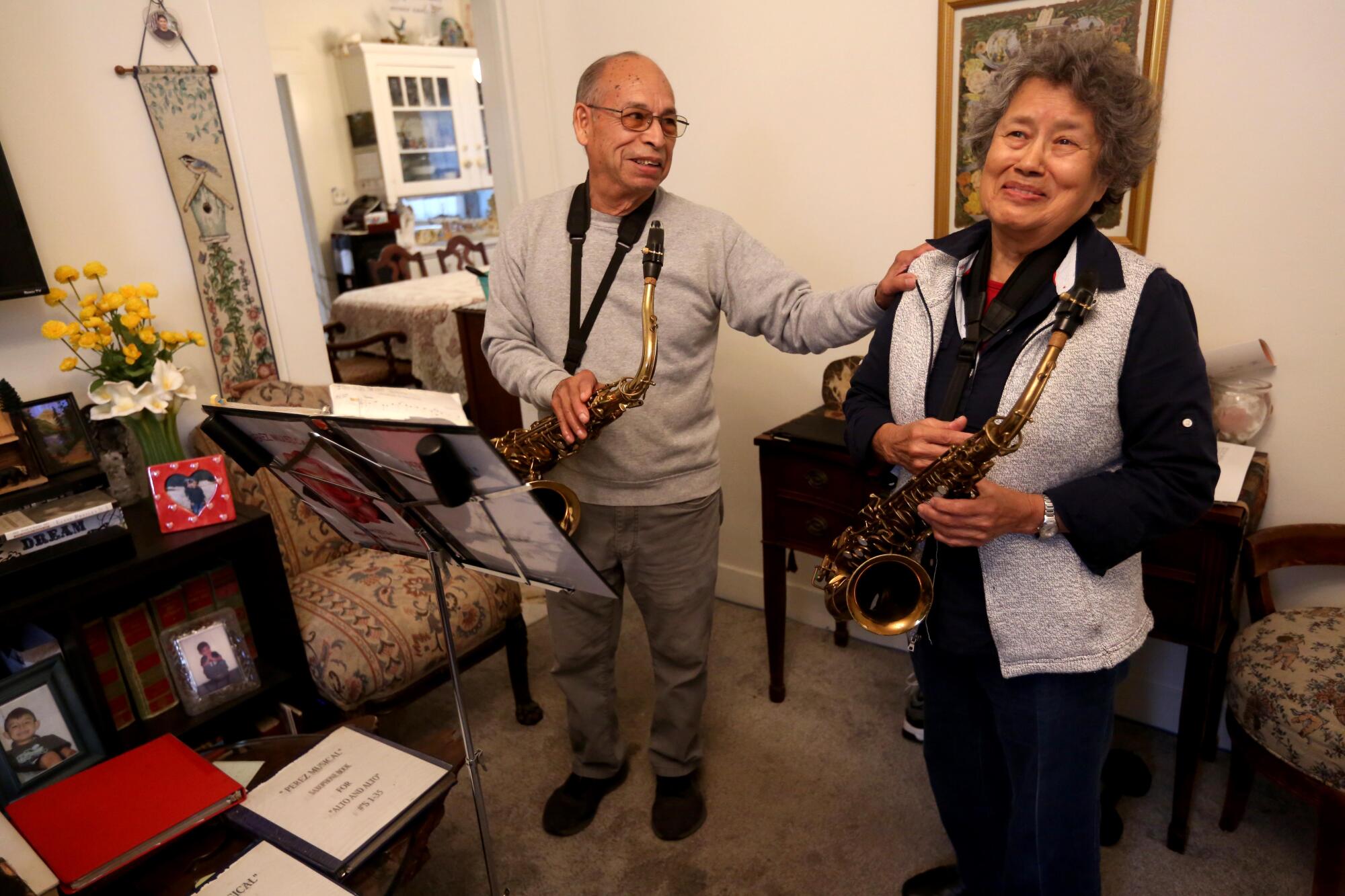
At the Loma Linda Market, which sells no meat or alcohol, Martha and Danny Perez, a retired nurse and gardener, had some vegan hot dogs in their cart. (They said that while they generally eat a healthful diet, they find bakery manager Gilbert Lopez’s chocolate prune cake irresistible.)
The Perezes told me and Times photographer Genaro Molina they play saxophone together in church, where for them, faith, community and volunteerism intersect. Before you knew it, we were all together in the living room of their nearby home.
“That’s our great-granddaughter,” Danny said, pointing to a photo.
“And this is our great-grandson,” Martha said.
“Anyway,” Danny said, “the hymn we’re going to play is called the ‘Love of God.’”
As they played, beautifully, I was thinking of something Medina had told me on the pickleball courts.
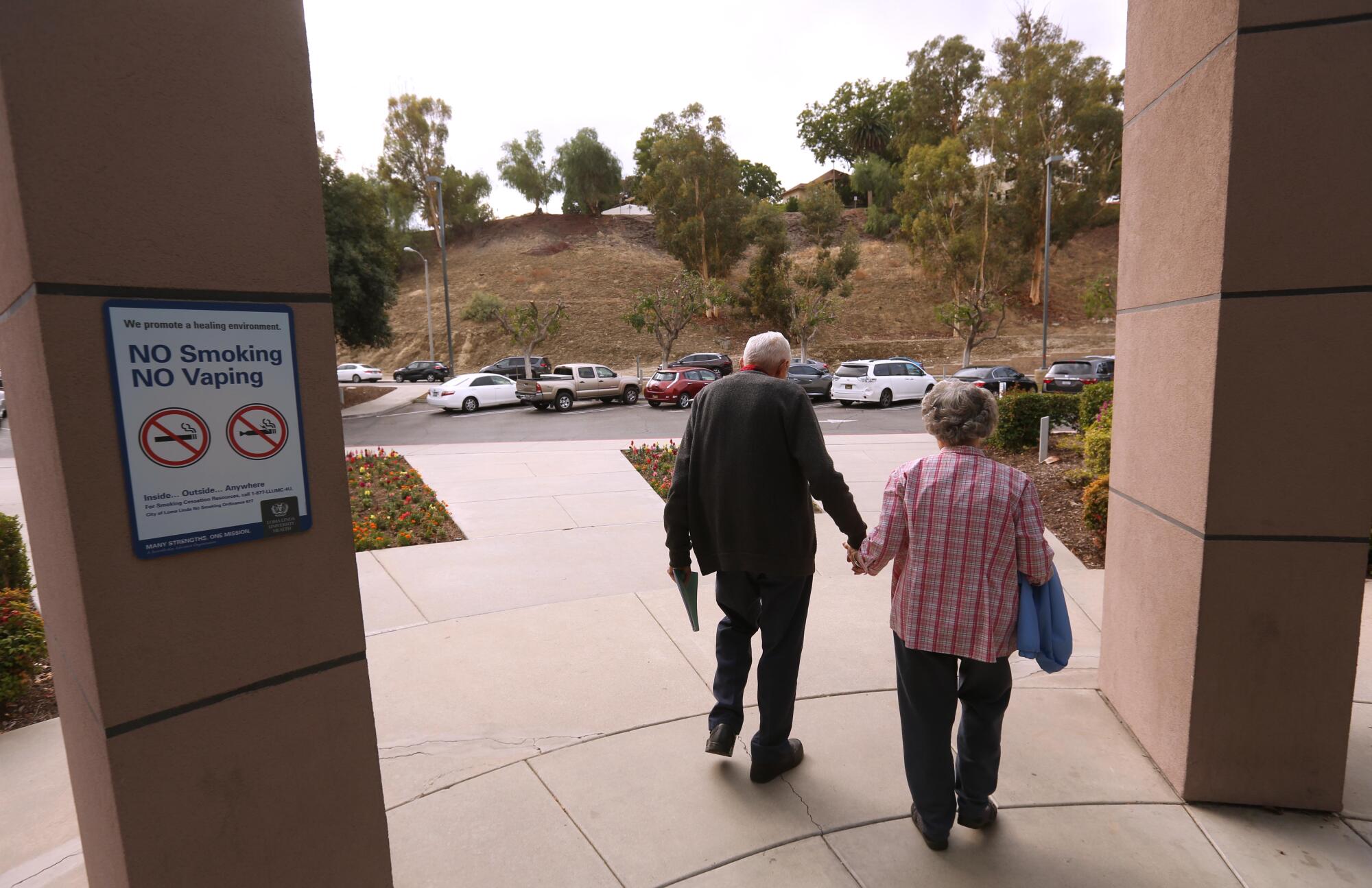
“If you practice the Blue Zone diet and all of this other stuff, it won’t guarantee you a long life,” she had said. “But it gives you a good quality of life. … And you might get the bonus of longevity.”
Watch L.A. Times Today at 7 p.m. on Spectrum News 1 on Channel 1 or live stream on the Spectrum News App. Palos Verdes Peninsula and Orange County viewers can watch on Cox Systems on channel 99.
More to Read
Sign up for Essential California
The most important California stories and recommendations in your inbox every morning.
You may occasionally receive promotional content from the Los Angeles Times.

